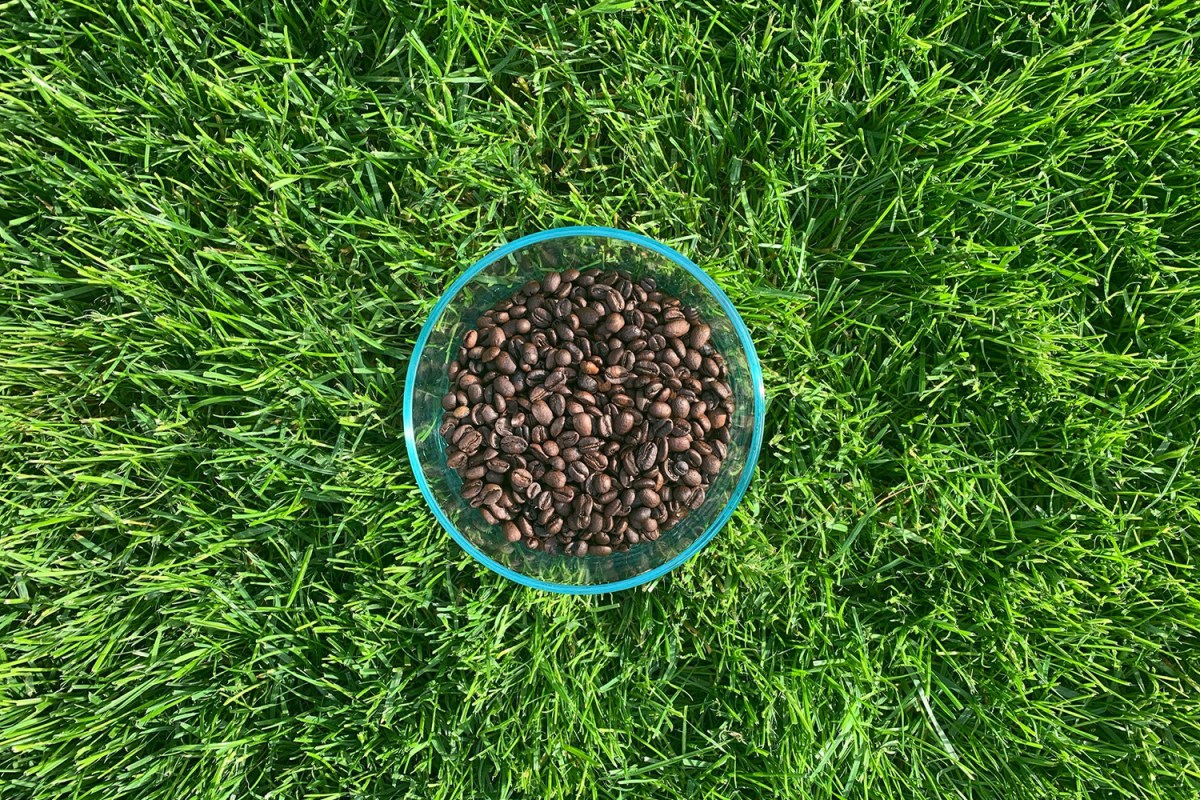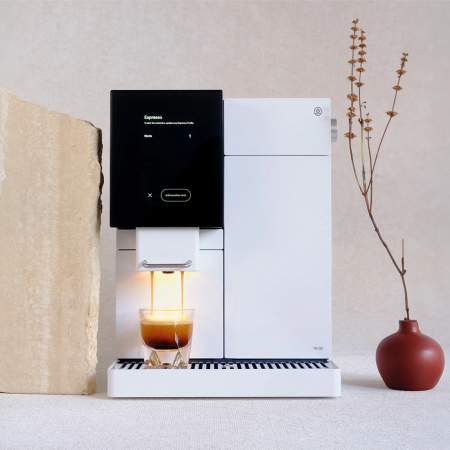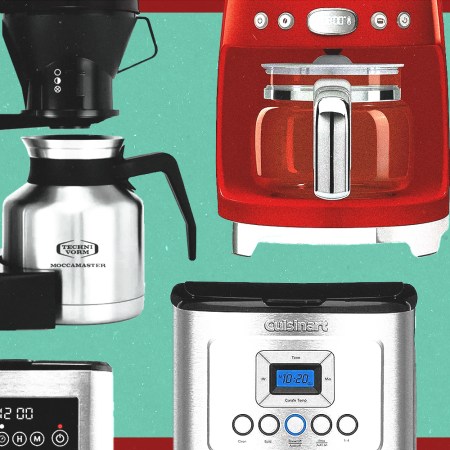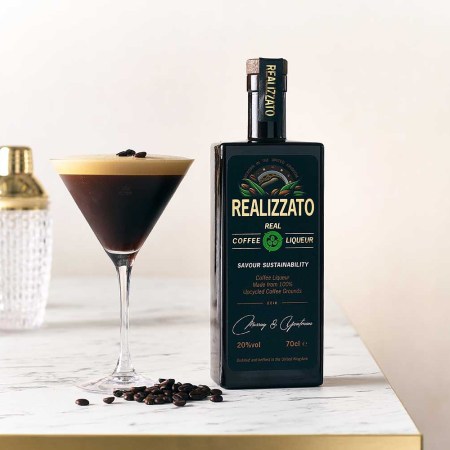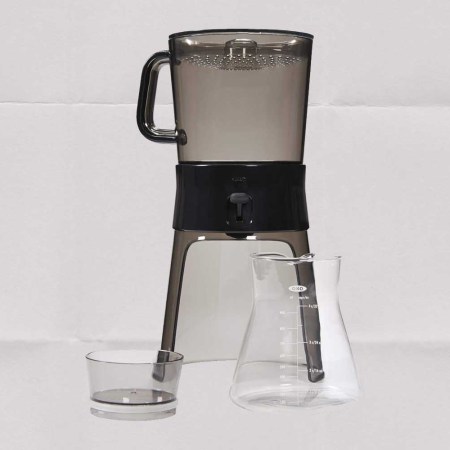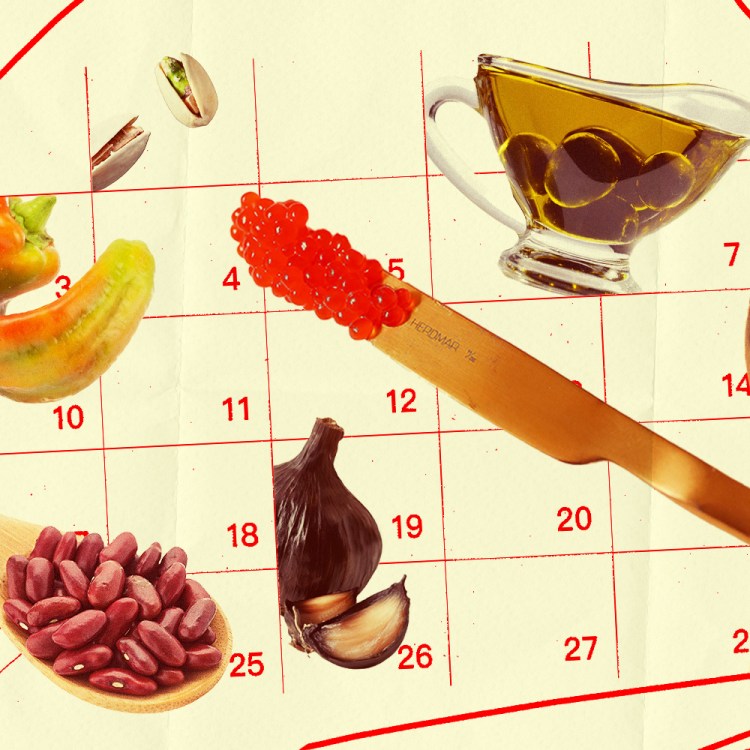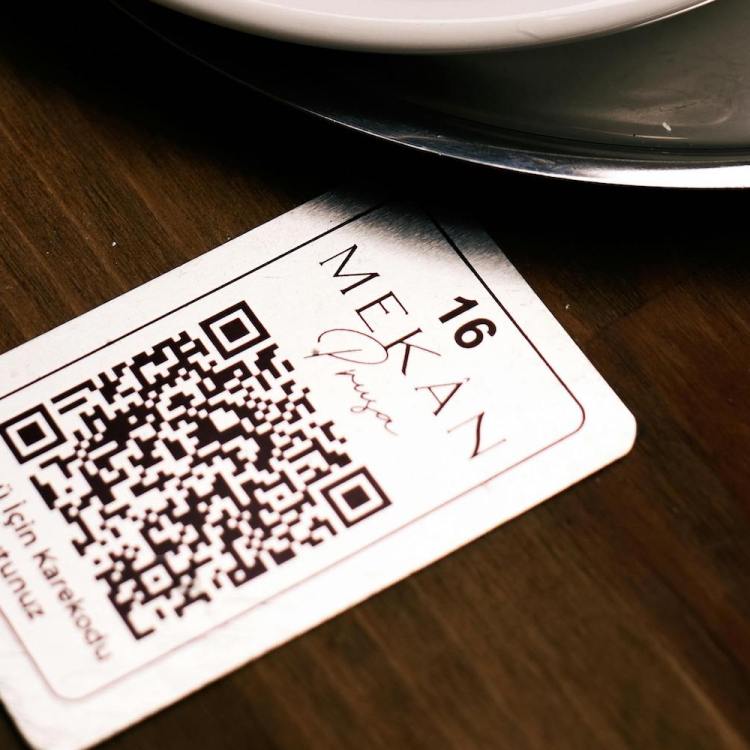It seems like the kind of thing that would cross your mind during a pandemic lockdown – like picking up a new BBQ technique or learning how to rebuild a set of carburetors. But for some reason the thought came to me a few years before the pandemic. A barista was handing me a coffee one morning and I thought to myself: How many cups of coffee have I had in my life? I’ve been drinking coffee since freshman year in college. I drink a lot of it: 5-6 cups a day on average. That’s about 74,000 cups of the stuff. And yet, I had never thought about how to roast a coffee bean.
Is it difficult? Does it take a long time? What do green, un-roasted beans smell like? Where can you even buy them? Are they expensive? (Maybe they are dirt cheap and Starbucks is gouging me even more than I imagined.) I was actually embarrassed about my lack of curiosity. Seventy-four thousand cups after the fact, I had to find the answer.
What I learned is that home roasting is satisfying on several levels. First, it scratches the itch all DIYers and experimenters have – simply wanting to better understand how things work. It also brings to mind the phrase my grandfather had etched into his fireplace mantle: He who chops the wood is twice warmed. In the same way food you make yourself just seems to taste better, the coffee you roast yourself seems to drink better. In fact, it does taste better. Once you learn how to roast, you’ll have one of the freshest cups you’ve ever had that’s tailored precisely to your taste buds. If this sounds like your cup of joe, here’s how to roast your own coffee beans at home.
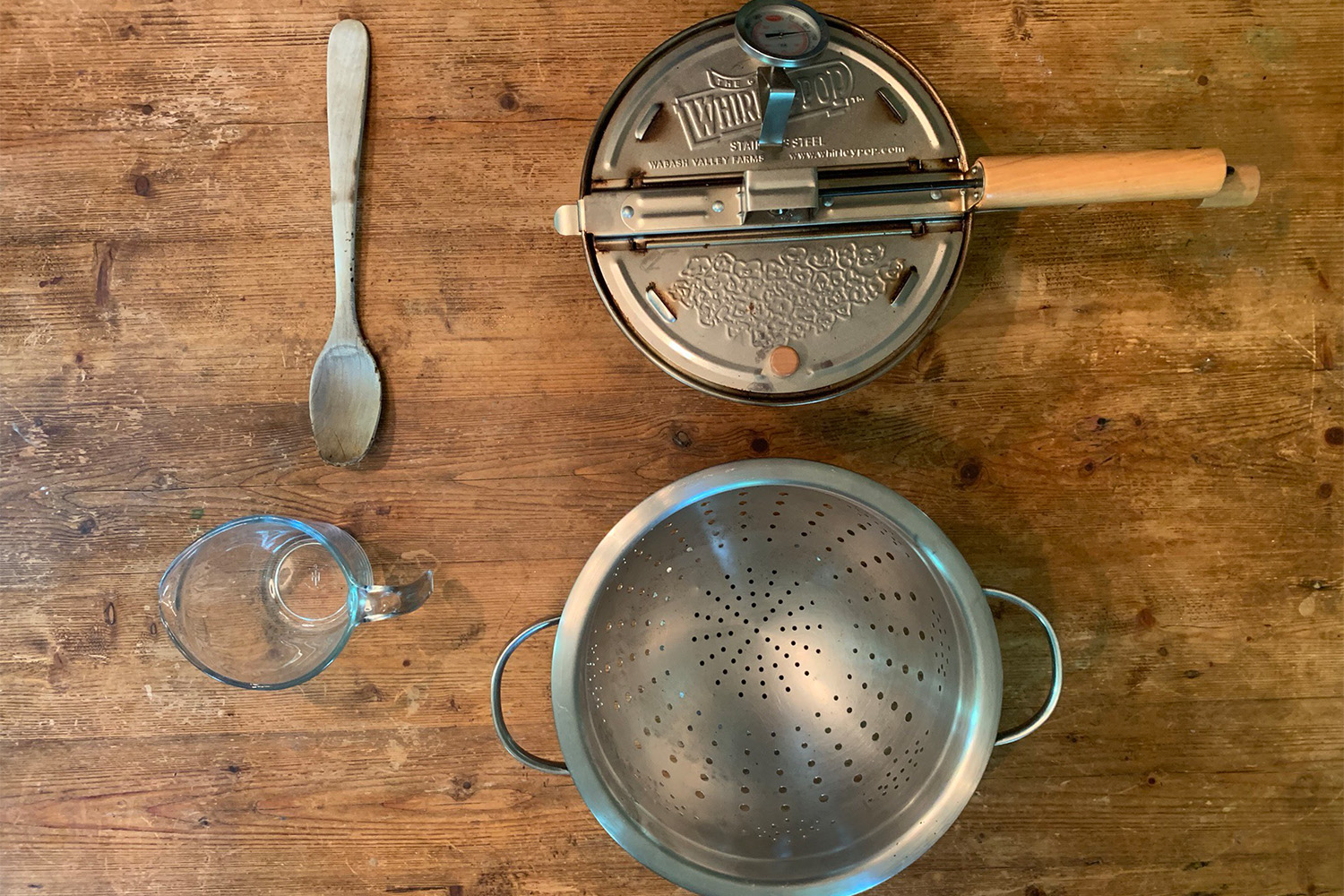
Gathering the Materials
I don’t know anyone in the roasting business, so naturally I hit the internet and found a company called Sweet Maria’s (www.sweetmarias.com) that seemed to have the best selection of green beans as well as a number of educational articles about how to roast at home. I read about the different beans, their flavor attributes, and prices (about $6-10 per pound, a bit less if you buy bulk). I cross-referenced roasting methods, read blogs and watched videos, and soon I was off and running. Once you’ve procured your beans (they can also be found on Amazon or you might get lucky and score a sample from a local roaster if you have one nearby), the process is pretty simple. You’ll need the following:
- Hand crank Whirly-Pop popcorn kettle (stainless steel works better than aluminum)
- Meat thermometer with a long stem, clip, and a reading up to 500 degrees
- Metal colander
- Measuring cup filled with a half pound (8 ounces) of green coffee
- Timer (Phone)
- Flashlight
- Airtight container with lid for storage
- Optional: Wooden spoon or oven mitt (I don’t use these, but I can see them being helpful in some cases)
Assembling the Roaster
Regarding that oven thermometer. As you gain experience, you will find you don’t really need one, but they are absolutely handy as you are going to be roasting in the 300-400 degree range, and it’s comforting to know where you stand. To install it, I used a drill to put a small hole in the top of the Whirly-Pop, roughly in the middle of the latched-down semicircular flap. I poked the oven thermometer through the hole and used the clip that came with the thermometer to keep it from extending too far down into the kettle where it can interfere with the spinning tines. This temperature gauge is as technical as things are going to get in this process.
Home Roasting Is an Outdoor Sport
For your heat source, I strongly recommend the side burner on an outdoor gas grill. You will have exceptional control of direct heat, and you will be able to manage what can be thick and pungent smoke (especially if you accidentally burn the beans or do an especially dark roast). Some home roasters report outdoor success using a sturdy, propane-based camp stove. I’ve not personally tried this, but I can see it being a worthy substitute for the side burner. As comfortable as your kitchen is, this is not an indoor exercise.
Time to Get Cracking
Okay, we’re ready to roast. Set the stovetop burner to medium and let it heat the kettle to just shy of 400. Open the lid and pour in 8 ounces of beans. Close the lid and start gently turning the crank. The temperature will drop immediately due to the introduction of the beans. Generally speaking, I like to keep the temperature for roasting right around 350 degrees the whole time. To keep the needle where I want it, I will either modulate the burner level, lift the kettle off the burner and move it to a cool of the stove or open the lid in short increments. In fact, I usually do all of these.
You’re going to be cranking for roughly 10-12 minutes. I like to set my phone timer so I can gauge the various stages of the roast, and I jot them down later for future reference. At around 5 minutes, you should hear the “first crack” of the beans, which is sort of like the sound of popcorn kernels popping, and you’ll begin to see some wispy smoke. Upon hearing this sound (it lasts a minute or so), the roast is said to be ready to brew from a technical perspective, but you’ll likely want to keep going. I glance at the beans every 45 seconds or so from here on, watching the color darken. This is the fun part, because you will learn to control the depth of the roast as you get better. I have found it helpful to have a small flashlight handy to see through the smoke and more easily assess the beans.
After the first crack I keep cranking for about 5-7 more minutes in total, always hovering around 350 degrees. Be sure to take in the aroma. Depending on the bean, you might pick up earthy notes like toasted barley, hay, hints of bitter chocolate, and sugar. (If you have a lot of smoke, you’ve burned the beans and they will be unusable.) If the internal temperature of the beans reaches about 435 degrees, you will hear the “second crack,” which is a high-pitched, faster crackling that is likened to Rice Krispies in milk. The second crack marks the beginning of the Vienna roast style that culminates in the darker French and Italian roasts when the oils migrate to the outside of the beans. So, if you like these darker roasts, you will want to roast to the second crack and perhaps a little beyond. Remember all along that you aren’t using precision instruments, so let your eyes, ears, and nose be your guide. Once the color of the roast is to your liking, pour the beans into the colander. You will want to lightly swirl and toss the beans for about 1 minute to remove the chaff, or light skins, from the beans. They will drift off in the wind or fall through the bottom. (Another reason I do this outside.) And that’s it!
Degassing and Storing
Pour the roasted beans into a glass container and leave it open to the air for at least a few hours to de-gas (carbon dioxide and other gases persist in the beans after roasting, and they can disrupt the flavor when brewing). Some roasters wait 72 hours or more for this process. I find eight hours is a fine window for degassing, but like any part of this process you’ll find what works for you. I like to store my coffee in airtight glass containers with a glass top. Purists recommend opaque glass to fend off sunlight, but I drink it fast enough that plain old glass works for me.
Are You With Me?
At this point, I’m guessing there are some of you thinking “that’s a whole lot of effort for a bag of coffee!” The economic benefit is marginal at best. The beans I bought for this article were about $7 a pound, and then I had shipping costs, plus the capital costs of the kettle and other accoutrement. It’s even my own propane, which isn’t getting cheaper. Add in burned roasts and the extra time, and the case for just grabbing a bag at your favorite shop grows stronger. However, there is something fundamentally rewarding about being outside in the morning on a Saturday as the birds sing and the smell of roasting beans mingles with the other fragrances of the outdoors (woodsmoke or lilacs, depending on the time of year). Best of all, you are defining your own signature style, and you can taste it in the results. That’s the payoff. When guests come over they are treated to something special that has a story and a level of commitment behind it. Tomorrow, I’ll be sampling a Brazilian medium roast with my extended family, and I can’t wait to share it with them. A cup of joe, made by Joe. Happy roasting.
Every Thursday, our resident experts see to it that you’re up to date on the latest from the world of drinks. Trend reports, bottle reviews, cocktail recipes and more. Sign up for THE SPILL now.
